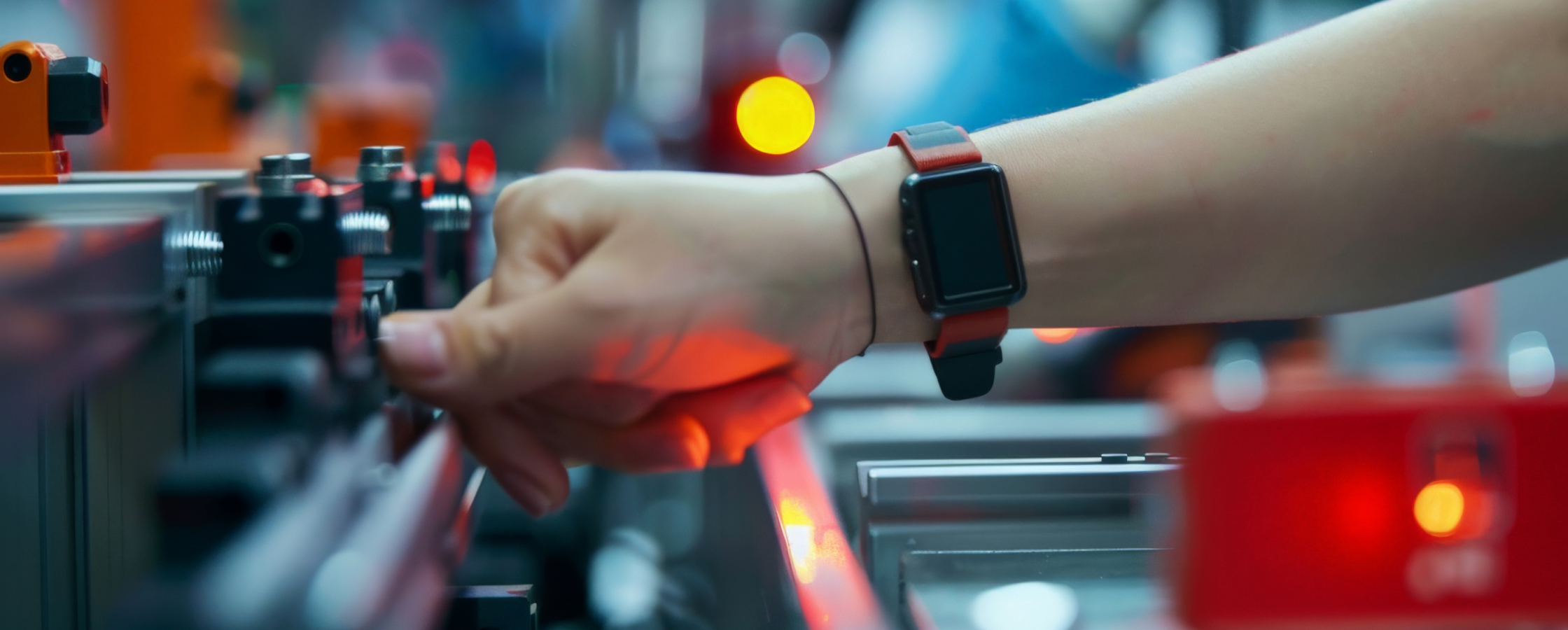In today’s hyper-connected world, where cyber threats evolve at an alarming pace, businesses face an uphill battle to secure their digital assets. Harmony, a leader in digital transformation and IoT solutions, has embraced artificial intelligence (AI) as a cornerstone of its cybersecurity strategy. This bold move allows Harmony not only to protect its own systems but also to empower its clients to operate with confidence in a digitally dependent landscape.
AI: A game-changer in cybersecurity
Traditional cybersecurity measures rely heavily on static defenses like firewalls, anti-virus software, and intrusion detection systems. While effective against known threats, these methods often fail to address new or adaptive attacks. Harmony has identified this limitation and turned to AI for a more dynamic approach.
AI-powered systems excel at analyzing vast amounts of data in real-time, detecting anomalies that humans might overlook. By leveraging machine learning (ML) algorithms, Harmony’s cybersecurity platform identifies patterns indicative of phishing attempts, malware infiltration, or unauthorized access. This predictive capability allows potential threats to be mitigated before they cause damage, ensuring business continuity for both Harmony and its clients.
Harmony’s AI cybersecurity strategy
- Real-Time Threat Detection : Harmony uses advanced AI models that continuously monitor network activity. These systems flag suspicious behavior, such as unusual login attempts or irregular data transfers, enabling rapid responses to potential breaches.
- Behavioral Analysis : Instead of relying solely on predefined rules, Harmony’s AI observes and learns user behaviors. This creates a baseline of normal activity, making it easier to identify deviations that might signal an insider threat or compromised credentials.
- Automated incident response : Time is critical in mitigating cyberattacks. Harmony employs AI to automate incident response processes, such as isolating infected systems, blocking malicious IPs, and alerting relevant teams. This minimizes downtime and reduces human error during critical moments.
- Threat intelligence sharing : Harmony integrates AI-powered threat intelligence platforms that aggregate data from multiple sources. This collaborative approach provides real-time insights into emerging threats, enabling proactive defense strategies.
AI’s broader impact on cybersecurity
The benefits of AI in cybersecurity extend beyond threat prevention:
- Scalability: As businesses grow, so do their cybersecurity needs. AI systems adapt to larger networks and higher data volumes without compromising efficiency.
- Cost-Efficiency: Automation reduces reliance on manual monitoring, freeing up resources for strategic initiatives.
- Continuous Improvement: Machine learning models evolve with each attack they analyze, becoming more effective over time.
Harmony’s forward-thinking adoption of AI demonstrates how businesses can stay ahead of the cybersecurity curve. By combining AI with robust policies, employee training, and a commitment to innovation, Harmony sets an example for other organizations striving to protect their digital ecosystems. In the broader tech landscape, AI will continue to play an essential role in the fight against cybercrime.





